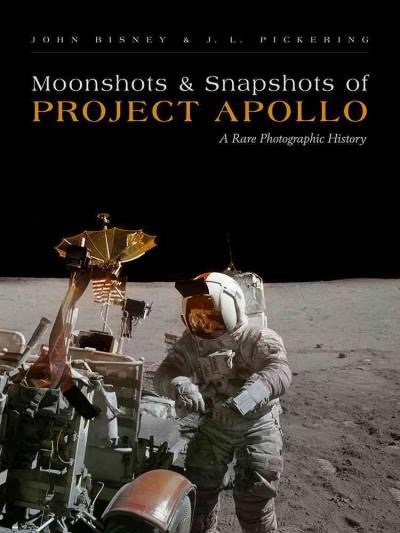Review: Moonshots and Snapshots of Project Apolloby Jeff Foust
|
| Like before, the new images don’t tell a different story so much as they tell a story differently. |
Indeed, the book not only picks up where their previous one left off in the history of US human spaceflight, it follows the same approach, for better or worse. Each mission gets its own chapter, with a brief written summary (no more than two pages, even for historic missions like Apollo 11) followed by pages of color and black-and-white images with captions. As with their earlier book, the focus is on pre-launch and post-mission activities, from training for the flights to rallies and interviews after landing.
Like before, the new images don’t tell a different story so much as they tell a story differently. They don’t change our perceptions or understanding about the missions, but instead refresh the same story with images not widely seen before. There are some interesting ones, like a view of Alan Shepard stepping foot on the Moon, taken from inside the lunar module by Edgar Mitchell using a Hasselblad—the only time such color images were taken during the six Apollo landings, according to the authors. Another shows First Lady Pat Nixon providing an autograph to Bisney prior to the Apollo 12 launch, which she and President Nixon attended.
The same issues with their earlier book, though, can be found here as well. Sometimes the images are printed too small to make out some of the details highlighted in the captions. There’s also the issue of sourcing: most images have no credits associated with them, making it difficult to determine which belong to NASA (and thus are in the public domain) versus private photographers and others.
Like Spaceshots and Snapshots of Projects Mercury and Gemini, Moonshots and Snapshots of Project Apollo covers a familiar history in a novel way, providing a selection of rare images that tell pretty much the same story as previous accounts of those missions. As noted in the review of their earlier book, hopefully the larger archive of images the authors have—at least those images in the public domain—will become more widely available to historians in the future to see of those “new” images can also tell new stories.
